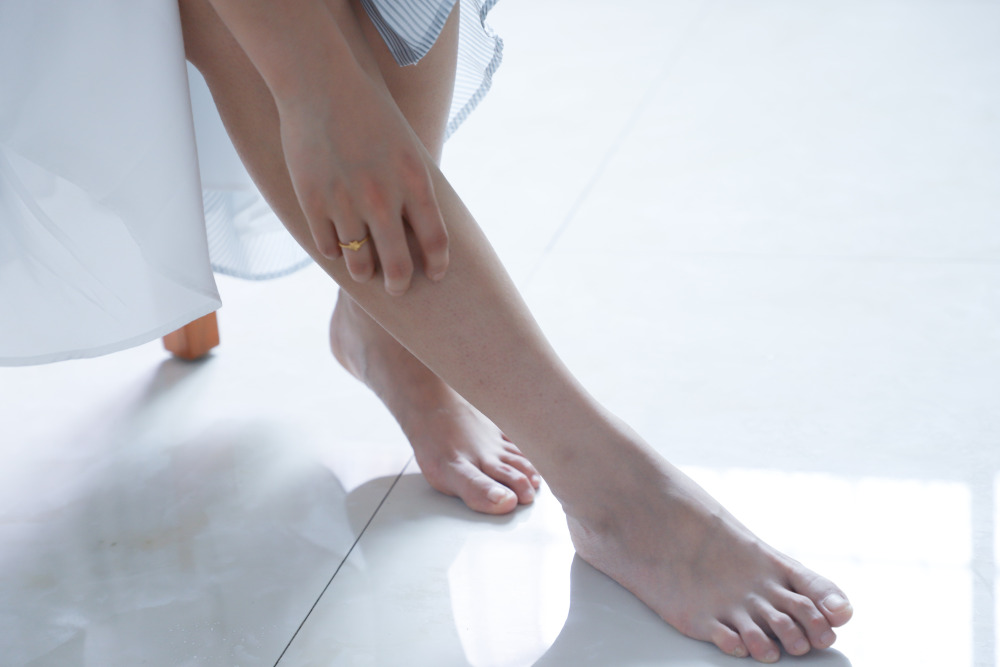
If you’ve done your research on laser hair removal already, you might already know to expect your hair to “shed” after your treatments. But if you still have questions about this process, take a look at this quick guide about why shedding happens after laser hair removal and what you can do to help it along.
Why Does Shedding Happen after LHR?
Laser hair removal works by targeting the pigment in the hair follicles that are in what’s called the anagen, or active growth phase. Once treated, those hair follicles will shed their hair and shouldn’t regrow it in the future. This process usually happens 1 to 3 weeks after your LHR treatment, and it sometimes looks like blackheads or stubble.
You’ll need 6 to 9 laser hair removal treatments for optimal results.
What Can I Do to Speed up Shedding?
Shedding is a good sign, since it means the LHR treatments are effectively removing your hair. But if you want to help speed up this process, you can gently exfoliate your skin using a shower loofah or body scrub after laser hair removal. Depending on how sensitive your skin is, you can do this anywhere from 1 to 3 times per week.
Can I Remove My Hair in the Meantime?
Yes! Since LHR doesn’t target every single hair follicle with each treatment, you’ll need several sessions to remove all of the hair in the target area. In the meantime, you can shave the remaining hair, but do not wax or pluck it.
